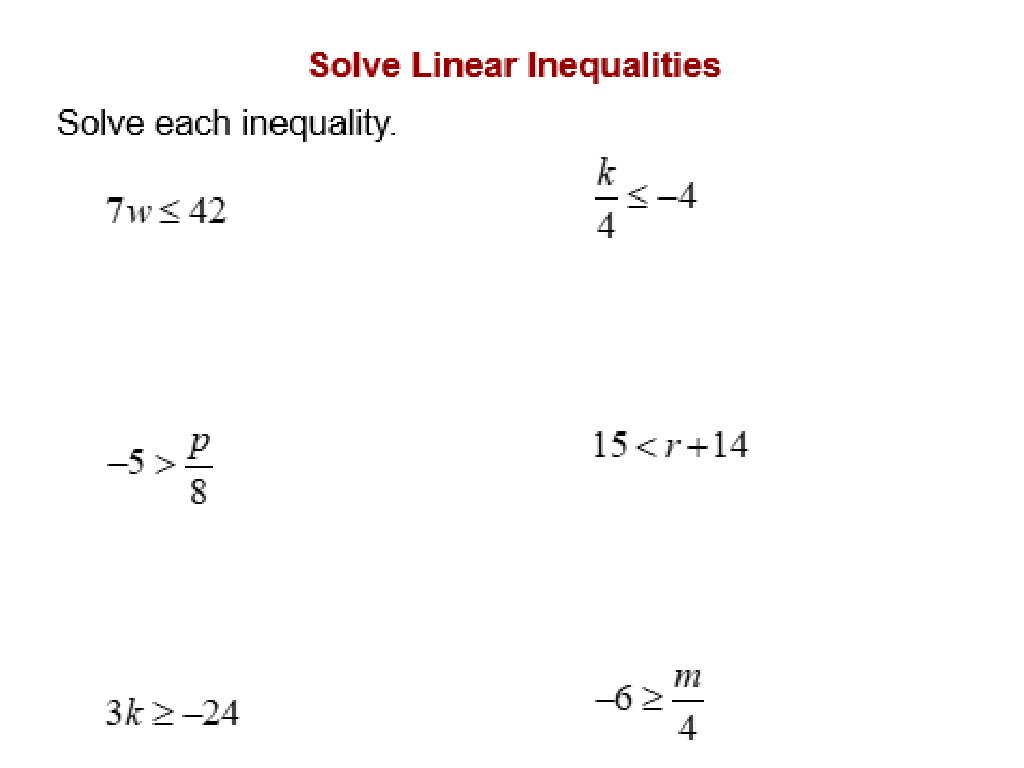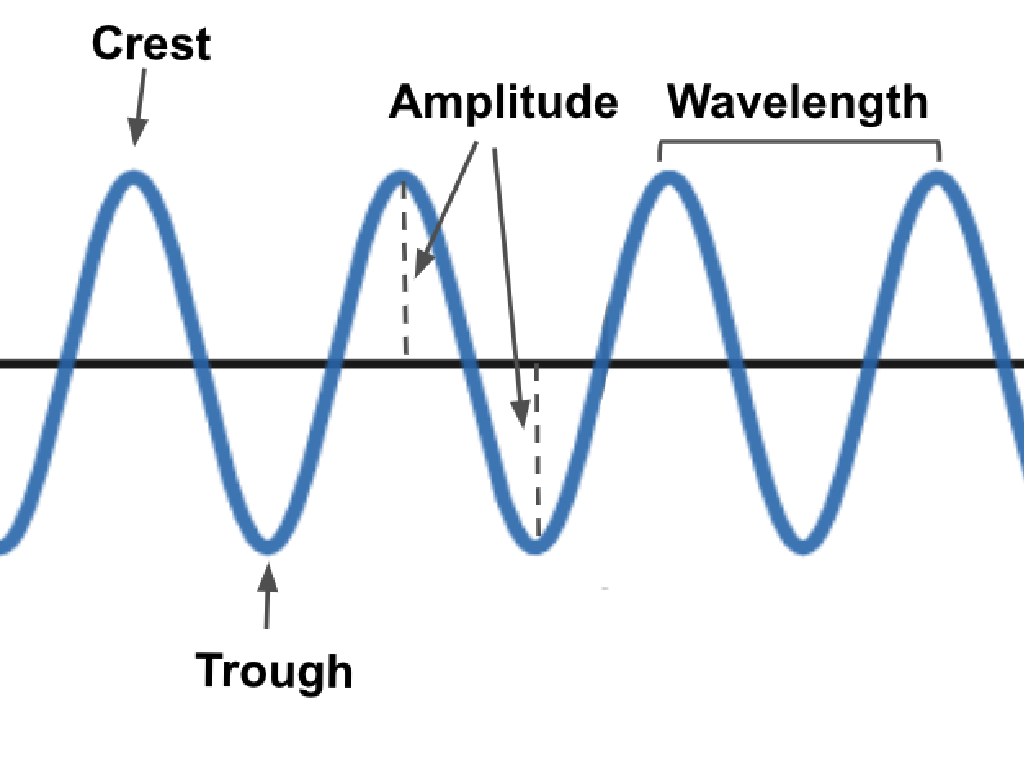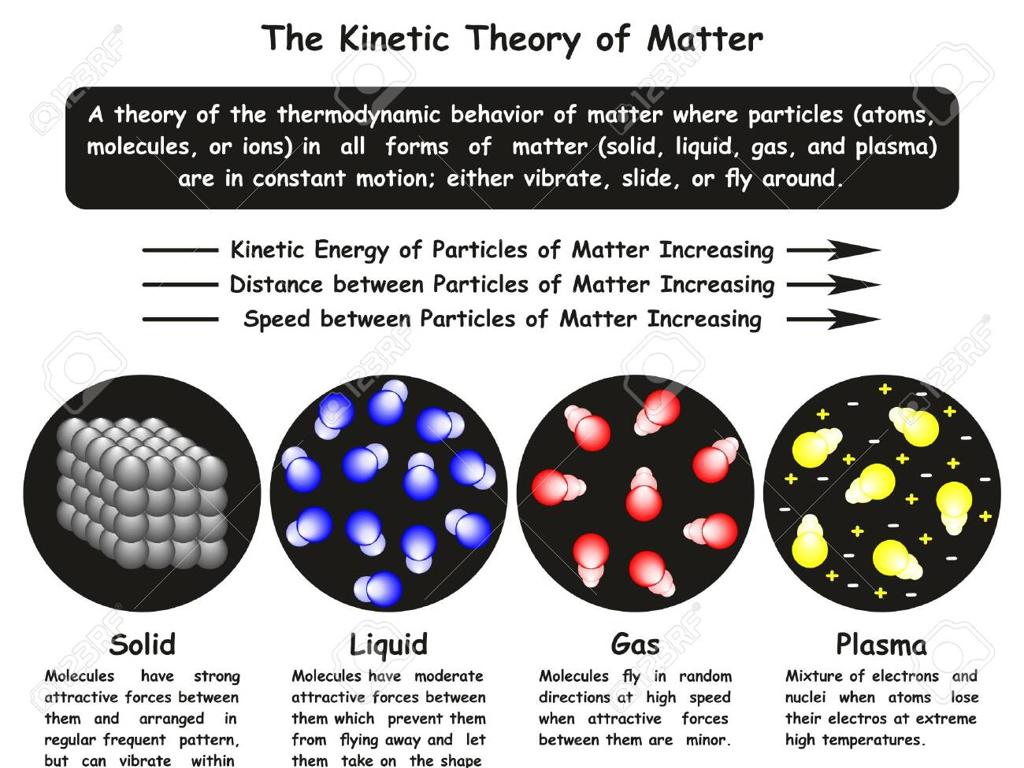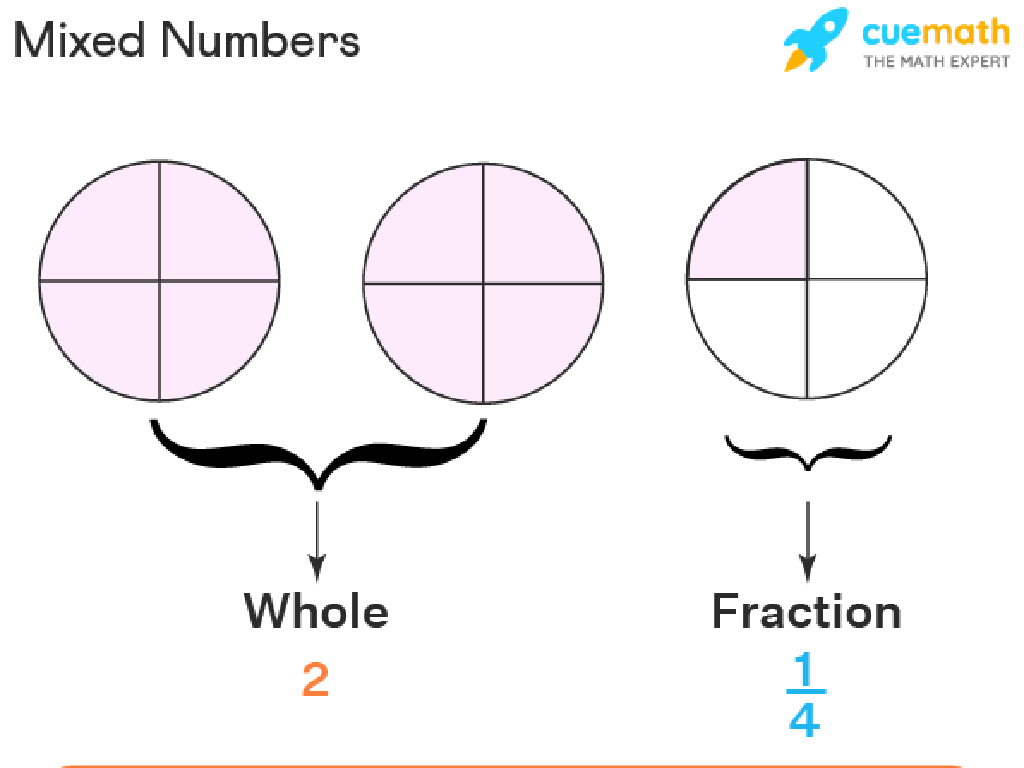Compare And Convert Customary Units Of Weight
Subject: Math
Grade: Fifth grade
Topic: Customary Units Of Measurement
Please LOG IN to download the presentation. Access is available to registered users only.
View More Content
Understanding Customary Units of Weight
– What are customary units?
– Importance of measuring weight
– To compare, trade, and understand objects’ heaviness
– Common units: lb, oz, and tons
– 16 ounces (oz) = 1 pound (lb), 2000 pounds = 1 ton
– Converting between units
– Use multiplication or division for conversion
|
This slide introduces students to the concept of customary units of weight, which are part of the United States’ measurement system. Emphasize the practicality of measuring weight in everyday life, such as in cooking, shipping, or comparing the heaviness of objects. Highlight the most common units of weight: pounds, ounces, and tons, and their relevance in different contexts (e.g., ounces for small objects, pounds for personal weight, tons for vehicles). Teach students the basic conversions between these units, using multiplication or division, and prepare them for exercises where they will practice converting between ounces, pounds, and tons. Ensure to provide examples and possibly a chart for visual aid during the lesson.
Understanding Pounds (lb)
– What exactly is a pound?
– A pound is a unit of weight used in the U.S.
– Common items weighing a pound
– A loaf of bread or a bottle of water
– Measuring weight using scales
– Place item on scale, read the number to see weight in pounds
– Converting pounds to other units
|
This slide introduces the concept of pounds as a customary unit of weight. Begin by explaining that a pound is a standard unit for measuring weight in the United States. Show everyday items that weigh approximately one pound to give students a tangible understanding of the weight of a pound. Demonstrate how to use a scale to measure the weight of objects in pounds. Discuss the importance of being able to convert pounds to other units like ounces or kilograms for different contexts. Provide examples and practice problems for converting between units. Encourage students to bring items from home that they think weigh about a pound to enhance engagement.
Understanding Ounces in Customary Units
– What are ounces (oz)?
– Ounces are a unit of weight used in the U.S. customary system.
– Common items weighed in oz
– Apples, bread, and cheese are often weighed in ounces.
– Ounces to pounds conversion
– 16 ounces make up 1 pound.
– Practice with real examples
– Let’s convert 32 oz to pounds and find the weight of a loaf of bread.
|
This slide introduces ounces as a unit of weight in the customary system, commonly used in the United States. It’s important for students to grasp that ounces are smaller units of weight and are often used for lighter items. By providing relatable examples such as food items, students can better understand the concept. Additionally, teaching the relationship between ounces and pounds is crucial for conversion. Students should practice with real-world examples, such as converting the weight of a loaf of bread from ounces to pounds, to reinforce their understanding. Encourage students to bring examples of items and their weights in ounces for the next class to discuss and convert.
Understanding Tons in Customary Units
– When to use tons
– Tons are used for very heavy objects, like cars or elephants.
– Examples of heavy items in tons
– Large vehicles, buildings, whales
– Converting tons to pounds
– 1 ton equals 2,000 pounds
– Practice conversion problems
– Let’s try converting 3 tons to pounds together!
|
This slide introduces students to the concept of tons, a unit of weight in the customary system. Tons are typically used to measure very heavy objects. Provide examples such as cars, large animals like elephants, or even buildings to help students grasp the concept. Explain that one ton is equal to 2,000 pounds and demonstrate how to convert tons into pounds with a few examples. For instance, if a car weighs 3 tons, it would weigh 6,000 pounds (3 tons x 2,000 pounds/ton). Encourage students to solve a few conversion problems as homework to reinforce the concept. During the next class, review the homework and answer any questions the students may have about the conversion process.
Converting Customary Units of Weight
– Convert pounds, ounces, and tons
– Use multiplication or division to convert between units
– Step-by-step conversion examples
– For example, 16 ounces equals 1 pound, and 2000 pounds equals 1 ton
– Practice with conversion problems
– Solve problems to convert ounces to pounds, pounds to tons, etc.
– Understanding conversion factors
– Learn the specific numbers needed to change from one unit to another
|
This slide is aimed at teaching students how to convert between different customary units of weight such as pounds, ounces, and tons. Start by explaining the relationship between these units: 16 ounces equals 1 pound, and 2000 pounds equals 1 ton. Provide step-by-step examples of how to use multiplication or division for conversion. For instance, to convert 32 ounces to pounds, divide by 16 to get 2 pounds. After explaining, give students practice problems to reinforce their understanding. Make sure they grasp the concept of conversion factors, which are the numbers used to convert from one unit to another. Encourage students to ask questions if they’re unsure about the conversion process.
Real-life Applications of Weight Measurement
– Importance of weight conversion
Understanding different weight units helps in cooking, science, and shopping.
– Applying weight in daily life
Use pounds for body weight, ounces for small items, and tons for heavy objects.
– Estimating everyday item weights
Guess the weight of a backpack, an apple, or a sack of potatoes.
– Practice with real examples
|
This slide aims to show students the practical importance of being able to compare and convert weights in customary units. Emphasize how this skill is used in everyday activities such as cooking, where recipes may require converting ounces to pounds, or in shopping, where understanding weight can help compare product quantities and prices. Encourage students to estimate the weight of common items they interact with daily to develop a sense of what different weights feel like. This will help them to better grasp the concept of weight and its applications. Provide examples such as estimating the weight of their school bag or a fruit they commonly eat. This real-world connection reinforces the relevance of math in their daily lives.
Class Activity: Weight Estimation
– Estimate weights of classroom items
– Measure and record actual weights
– Use scales to find the weight and write it down
– Compare findings with classmates
– Discuss why estimates might differ
– Convert weights into different units
– Practice converting between ounces, pounds, and tons
|
This interactive activity is designed to help students understand and apply their knowledge of customary units of weight. Students will start by estimating the weight of various items found in the classroom, such as a textbook, a pencil, or a backpack. After making their estimates, they will use scales to measure the actual weight of these items and record their findings. Students will then compare their results with those of their classmates to understand the variability in estimation. Finally, they will convert their measurements into different units, reinforcing their understanding of ounces, pounds, and tons. Possible activities include estimating and measuring the weight of a desk, a chair, a stack of books, and a water bottle. This hands-on approach will enhance their learning experience and retention of the concepts taught.
Quiz Time: Customary Units of Weight
– Quick quiz to test knowledge
– Convert weights to different units
– For example, how many ounces are in 3 pounds?
– Jot down your answers
– Discuss answers with the class
– Be ready to explain how you got your answers
|
This slide is designed to engage students in a quick quiz to assess their understanding of converting between different customary units of weight. Provide a series of weights for students to convert, such as pounds to ounces, ounces to pounds, and so on. Encourage them to write down their answers and be prepared to share with the class. This will help reinforce their learning and allow you to gauge their comprehension. Possible activities could include converting weights of common classroom items, comparing weights in different units, or creating a conversion chart as a reference. Ensure to walk around the classroom to assist and discuss with students as they work through the quiz.
Wrapping Up: Customary Units of Weight
– Recap customary weight units
– Remember: ounces, pounds, and tons
– Why accurate measurement matters
– Accurate measurement is key in recipes, science, and more
– How to convert between units
– Use conversion tables to change ounces to pounds, etc.
– What’s next in measurement
|
As we conclude today’s lesson, it’s important to review the customary units of weight which include ounces, pounds, and tons. Emphasize the significance of accurate measurement and conversion in everyday life, such as cooking or scientific experiments. Reinforce the methods to convert between units using conversion tables or formulas. Looking ahead, let the students know that the next lesson will build on these concepts, possibly introducing a new set of units or practical applications of what they’ve learned. Encourage them to practice conversions at home to strengthen their understanding.






